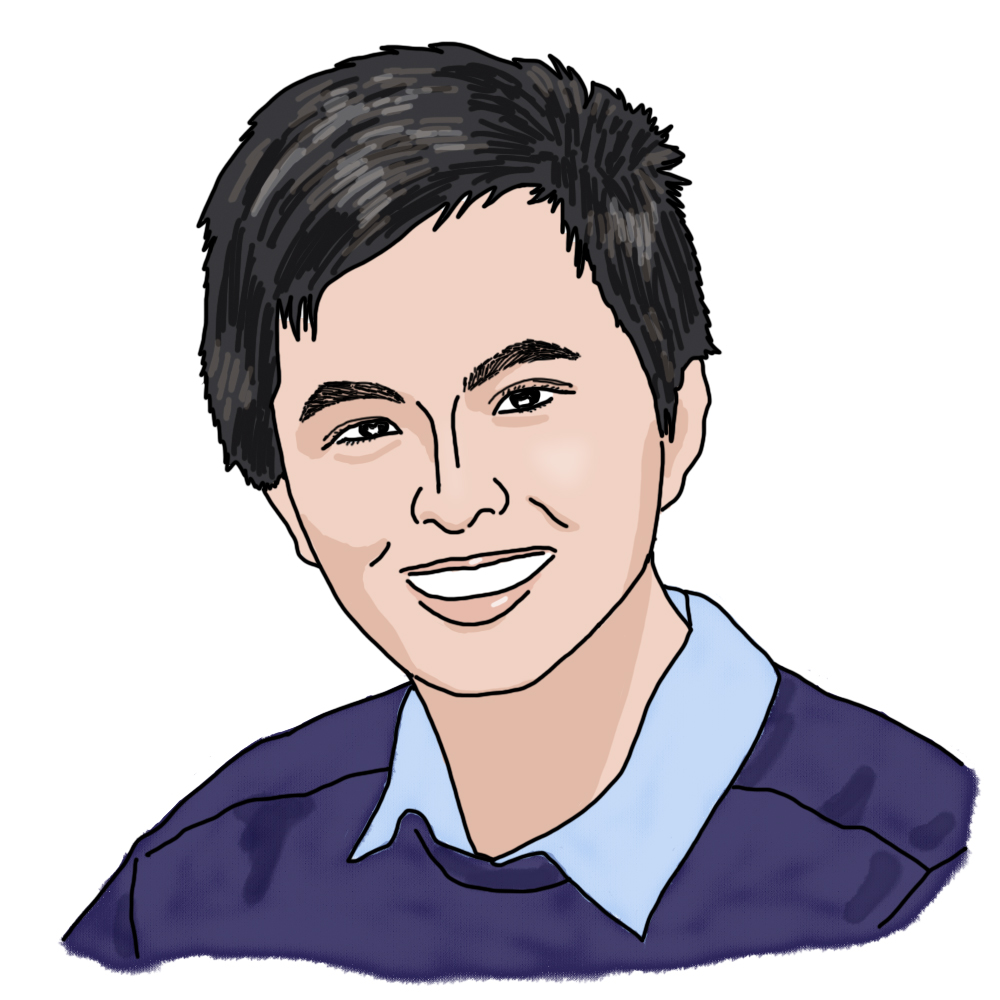
It’s Not Bra-Ket Science by Andi Q. '25
Building quantum computers to convince myself that they exist
I don’t believe in quantum physics.
Yes, I know that all the math works out beautifully. And that no experimental evidence has ever disproven it. And that my smartphone – its tens of billions of transistors, LEDs, and other semiconductor devices – would not exist without our modern understanding of quantum mechanics. It’s just… none of it… feels real. I simply refuse to believe in such strange, unintuitive physics that I’ve never physically experienced.
Well, I’ve never directly experienced it, anyway. Sure, I’ve seen demonstrations of the photoelectric effect and the double-slit experiment (which prove that light is fundamentally quantum mechanical). And I suppose every chemical reaction in my body keeping me alive is technically a quantum process. But those don’t count! What I really want to see is something like a person falling through the floor (via quantum tunneling) or just straight-up teleportation. You know, the cool stuff you see in sci-fi movies and expect to learn at MIT (but never do because it’s not real).
At this point, I’m somewhat convinced that quantum mechanics is just a very elaborate inside joke that physicists made up a century ago to confuse everyone else. What do you mean an electron is “like a ball that’s spinning, but it’s not actually a ball, and it’s not actually spinning”? How could it possibly be true that electrons “don’t actually move from point A to point B but instead just spontaneously appear at point B sometimes”? Truly statements dreamed up by the utterly deranged.
And don’t even get me started on quantum “computers”. I bet you’ve never seen one in real life. But I have, and it was basically just a big metal cylinder with a cluster of tubes running out of it. Nothing like the sleek and elegant computer you’re probably reading this on right now.
“Haha, that’s a real scary-looking trash can you guys have there.”
“Actually, Andi, that’s MIT Lincoln Lab’s quantum computer.”
“Yeah, sure it is. What’s next, that shoebox on the table is also a quantum computer?”
“…”
However, all this skepticism ends this semester. It is now 2025 – the 100th anniversary of modern quantum mechanics – and the stars have aligned in every way possible for me to take a quantum engineering class and get over my non-belief.
Quantum engineering classes didn’t even exist at MIT when I was a freshman, but these days, we have 6.2410 (Quantum Systems Engineering Laboratory). 6.2410 is a lab-based class where we build physical quantum sensors out of lasers and stuff, and it is exactly what I need to convince myself that quantum physics is real.
I found out about 6.2410 a year ago because one of the professors saw me working on a project for a completely unrelated class and decided (very serendipitously) to invite me on a tour of the lab with all the equipment. (I must add that I did not know this professor, and this interaction happened at ~7 AM, so it was very much like being visited by a fae.) It was too late to add the class at that point in the semester, but that lab tour was what first got me curious about quantum engineering.
After that, I didn’t think much more about quantum engineering until about two months ago. But that’s when the stars really started to align.
First, Google announced its Willow quantum chip in December, demonstrating useful error correction for the first time ever in a quantum system. It just so happened that Professor Will Oliver – one of the researchers who worked on Willow – teaches a different quantum engineering class in the spring.
Next, when planning my classes for this semester, both quantum engineering classes conveniently fit right in between the few classes I needed to take. And – surprise, surprise – the non-quantum alternatives did not fit at all.
Finally, at the end of IAP (a week ago), I participated in iQuHack (MIT’s quantum computing hackathon) out of boredom and curiosity. Despite only having taken Course 3’s01 Materials Science and Engineering introductory quantum mechanics class, I somehow still ended up winning one of the categories.
At this point, I knew what I had to do. Heck, my last name is literally “Qu”! The universe was almost begging me to take those quantum engineering classes.
Anyway, all this is to say that I’m taking those classes now, and it’ll be an awesome time. I probably won’t be able to build a fully functional quantum chip like Willow by the end of the semester, but I’ll definitely try to get close.
(Also, if you were wondering what the title means, see here.)
- Materials Science and Engineering back to text ↑